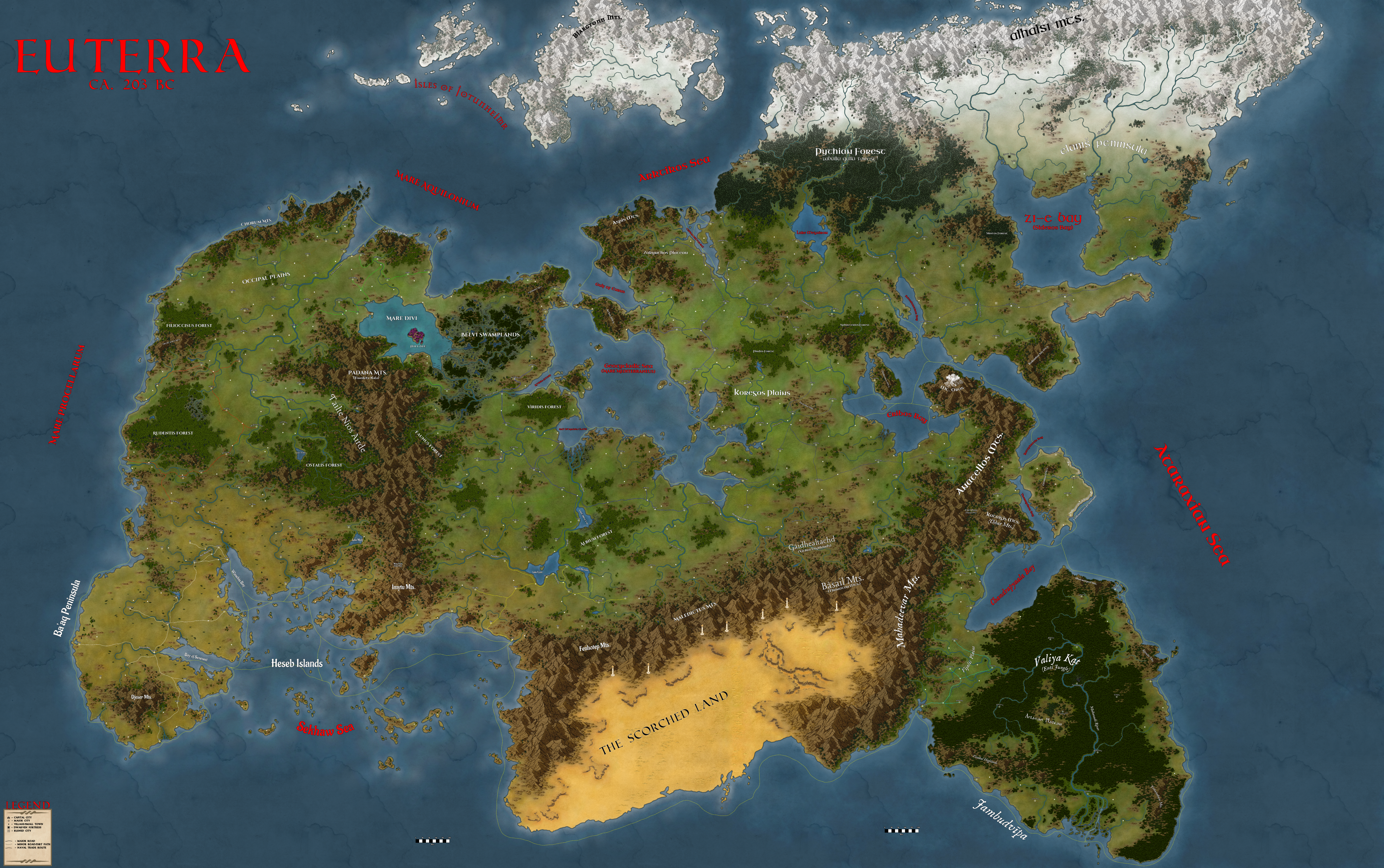Gailig Deities
GAILIG DEITIES
- Luchtaine/Luchta – patron of carpentry
- Credhne – patron of smiths
- Goibniu – patron of hospitality and architects
- Dian Cécht – patron of the healing arts
- Brigid – patroness of wisdom, philosophy, and poetry
- Lugh – king of the Tuatha Dé Sinnsear; patron of oaths, truth, and the law
- An Dagda – patron of fertility and agriculture
- Ogma – patron of writing, knowledge, and magic
- Aengus/Óengus – patron of youth and love
- Badb – patroness of fear, confusion, and war
- Mhacha – patroness of weapons and war
- Mórrígan – patroness of bravery, victory, and war
- Abcán – patron of music
- Dhuosnos – patron of travellers and merchants, psychopomp
- Elatha – patron of fire
- Manannán – patron of fishing
- Bé Binn – patroness of childbirth
- Clíodhna – patroness of beauty, singing, and keening
- Flidais – patroness of animal husbandry
- Ceithlionn – patroness of prophecy



Comments